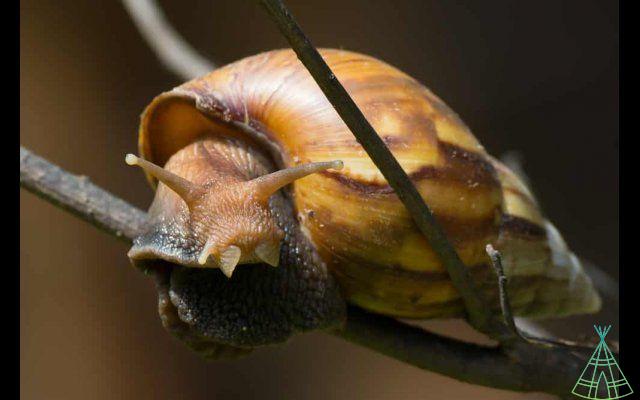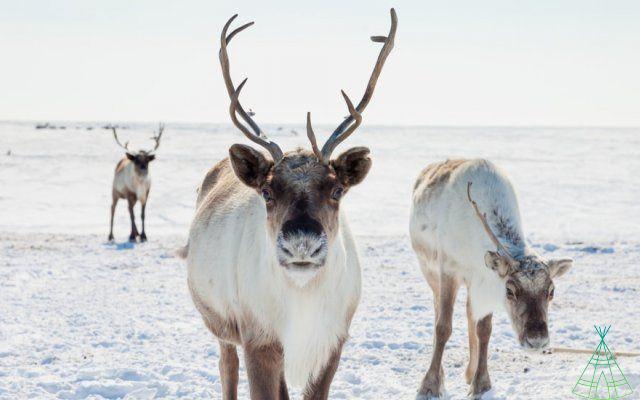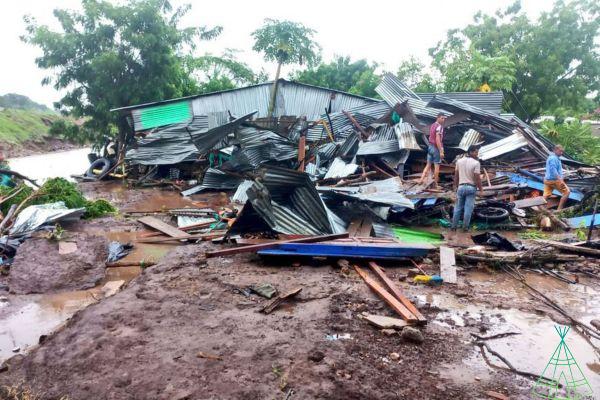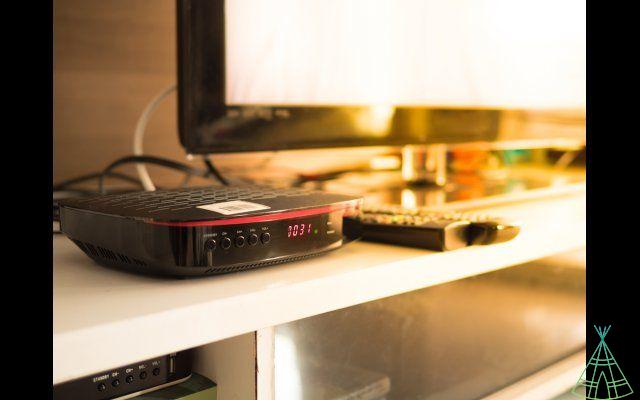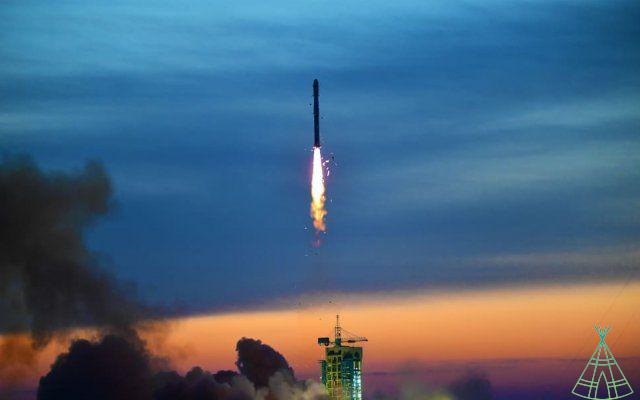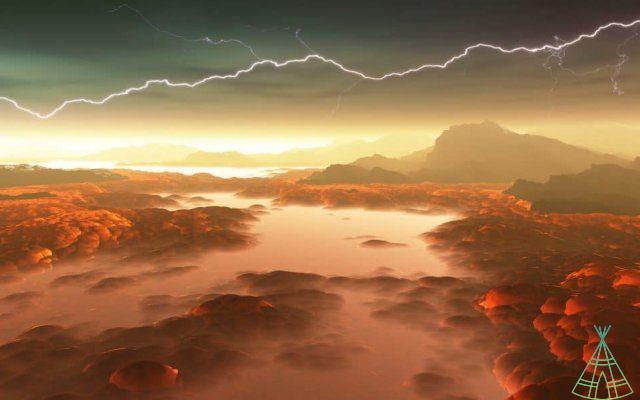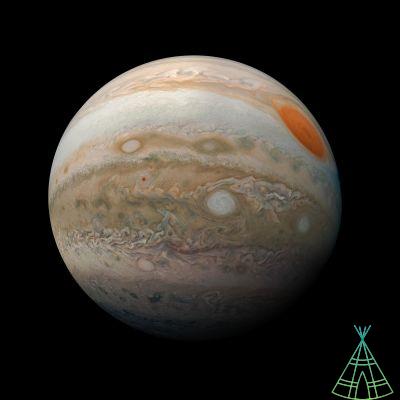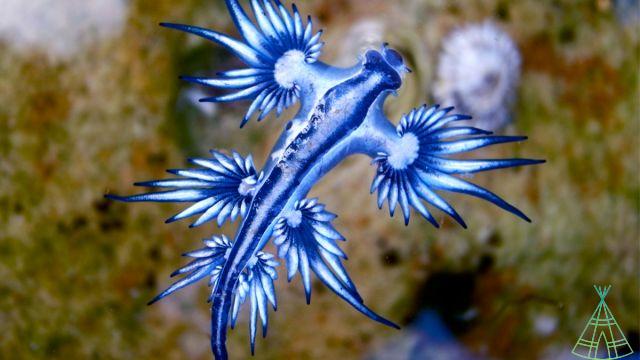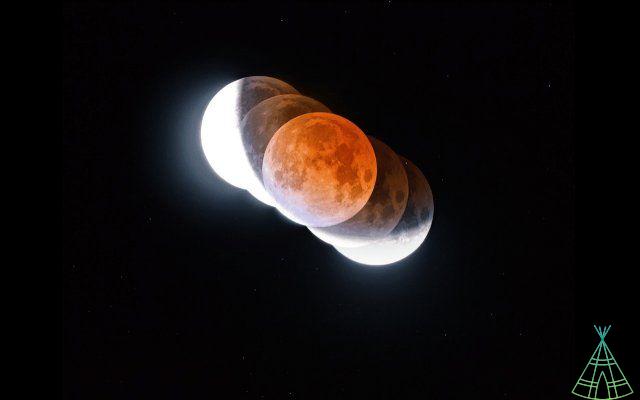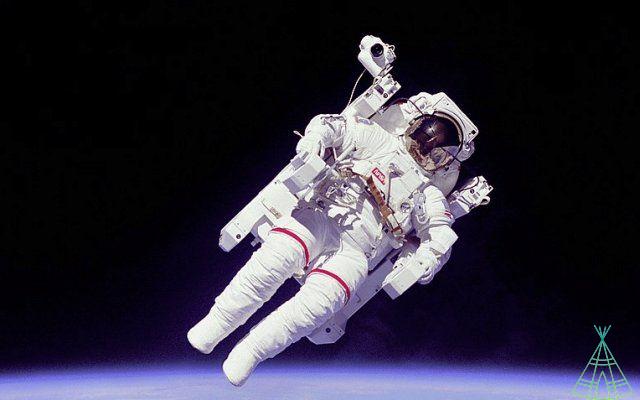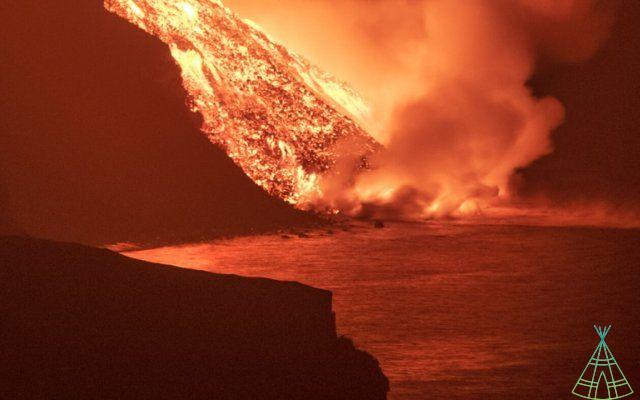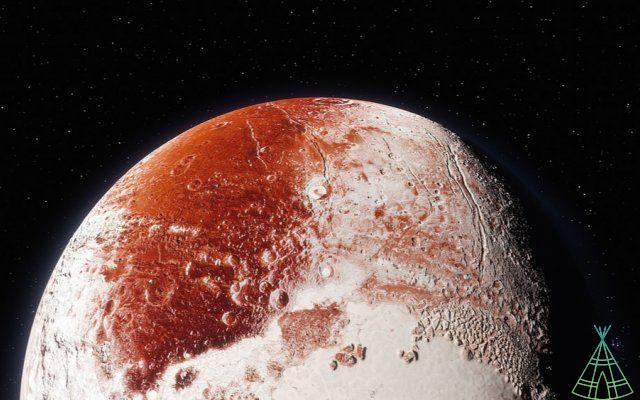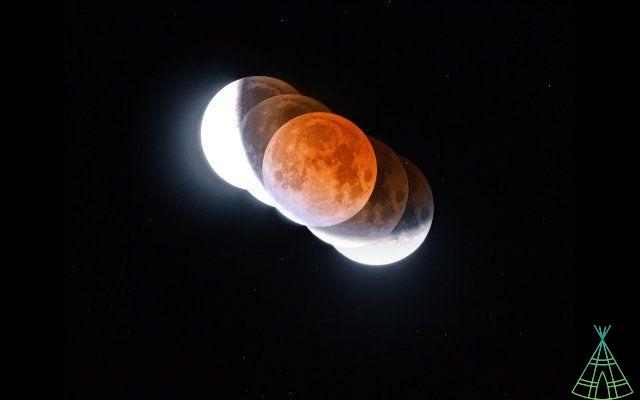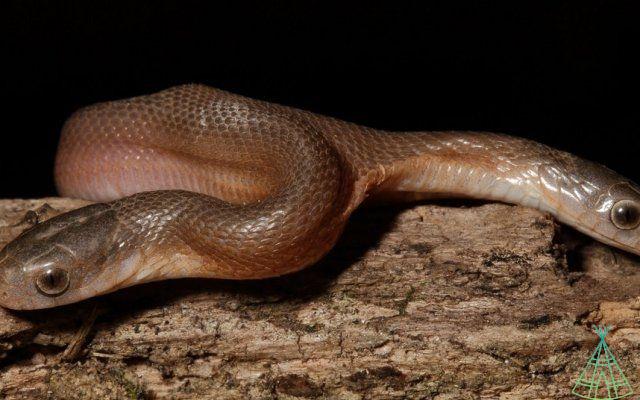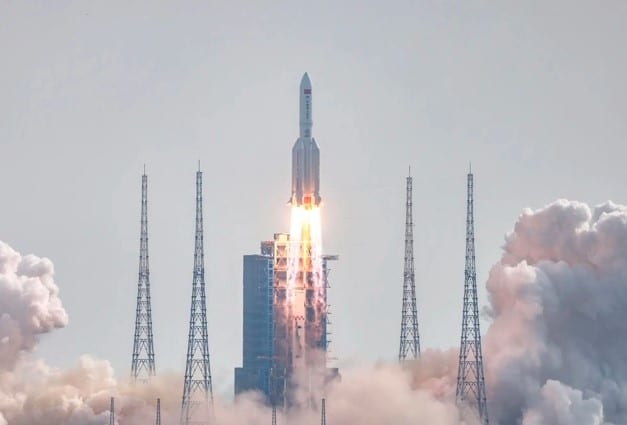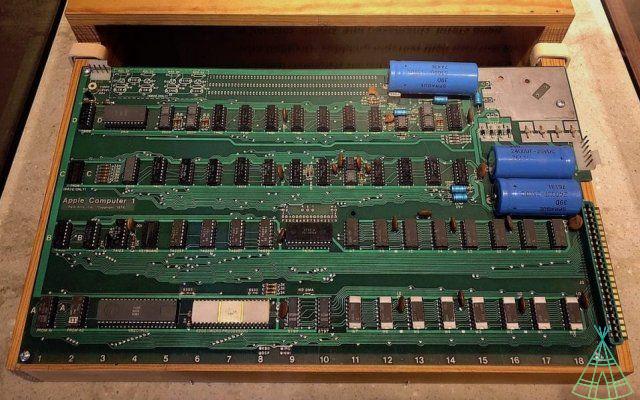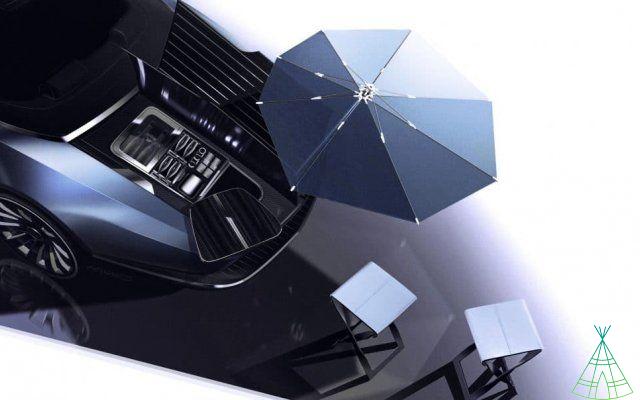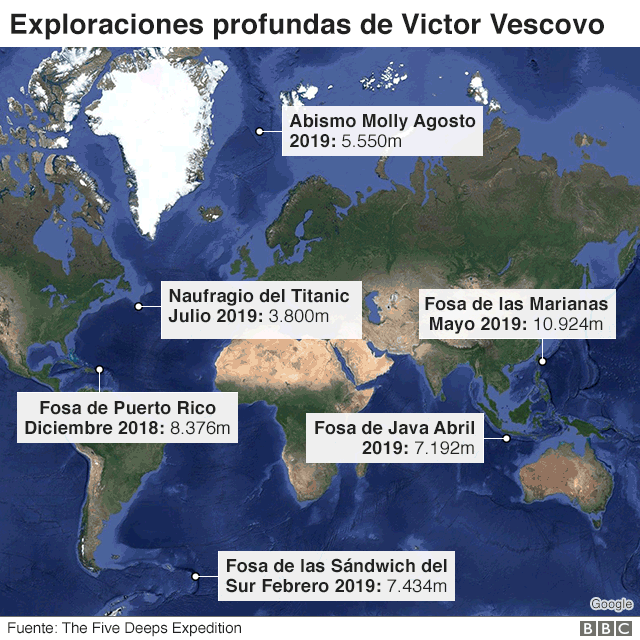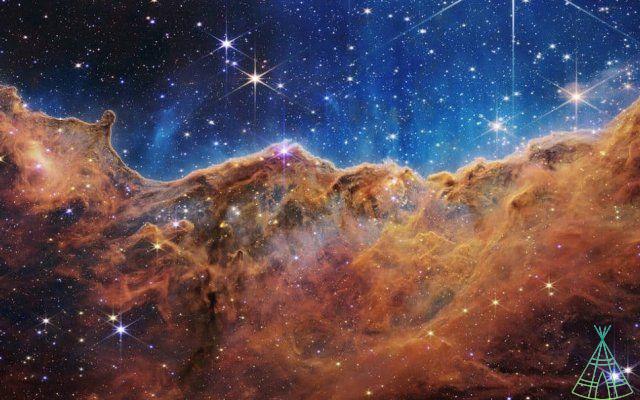After almost three months, the longest eruption in the history of the volcano Cumbre Vieja has come to an end. The announcement was made by the local authorities on the 25th, as a kind of Christmas present for the residents of La Palma, in the Canary Islands, a Spanish archipelago in northwest Africa.
Researchers released photos of what they found when they arrived at the already dormant crater, fascinating and curious records of 85 days of activity – since, officially, they consider December 13 to be the final date of the eruption -, the longest in the history of the volcano.
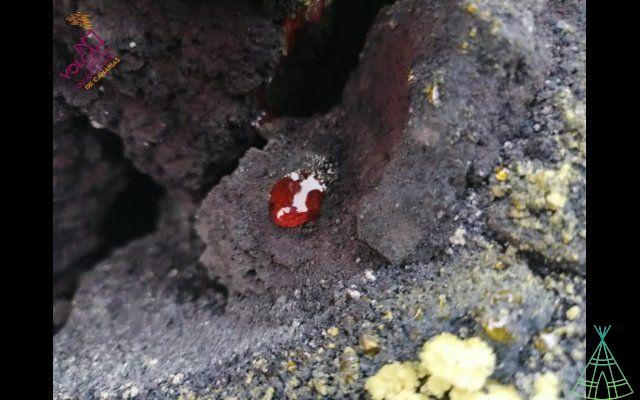
Some areas inside the crater have small red spots, as if they were the “blood of the volcano's arteries”, as scientists from the Volcanological Institute of the Canary Islands (Involcan) refer to drops of liquid sulfur.
According to experts, this phenomenon only occurs when the temperature is above (impressive) 190ºC. In the images released by the agency, the characteristic yellow color of sulfur in the solid state can be observed.
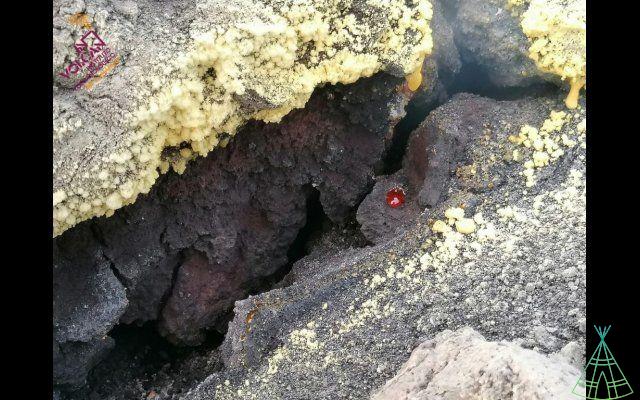
In addition, volcanic crystals of sulfur were also found, which form when different gases, such as sulfur dioxide (SO2) and hydrogen sulfide (H2S), react with each other, depositing crystals of pure native sulfur in gas emission sites. known as fumaroles.
Read more:
- Elderly man dies after falling into volcano in Hawaii
- Wolf Volcano Erupts in Galápagos, Only Pink Iguana Home in the World
- Remains of a man who was "vaporized" by Mount Vesuvius 2 years ago found
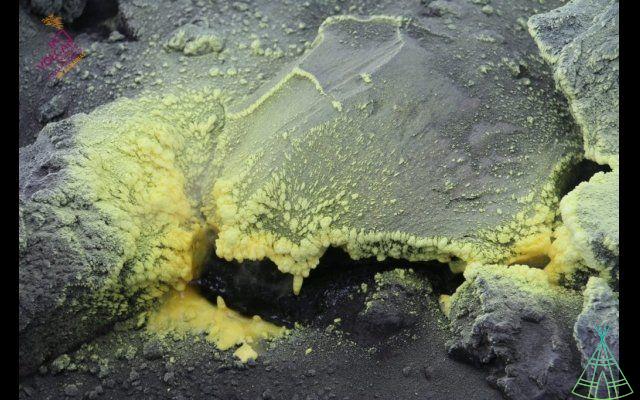
Cumbre Vieja volcano forced 7 people out of their homes
During its activity, the volcano Cumbre Vieja spewed rivers of lava that partially swallowed La Palma, causing the destruction of houses, buildings, schools, churches and plantations.
In total, XNUMX people were taken to shelters, many of whom have not yet been able to return to their homes due to roads blocked by solidified magma or the accumulation of tons of ash.
This was the first eruption on La Palma since October 1971, when the Teneguía volcano spewed its lava over three weeks. Cumbre Vieja, the Canary Islands' most active volcano, also erupted in 1585, 1646, 1677, 1712, 1949 and 1971.
Have you watched our new videos on YouTube? Subscribe to our channel!




